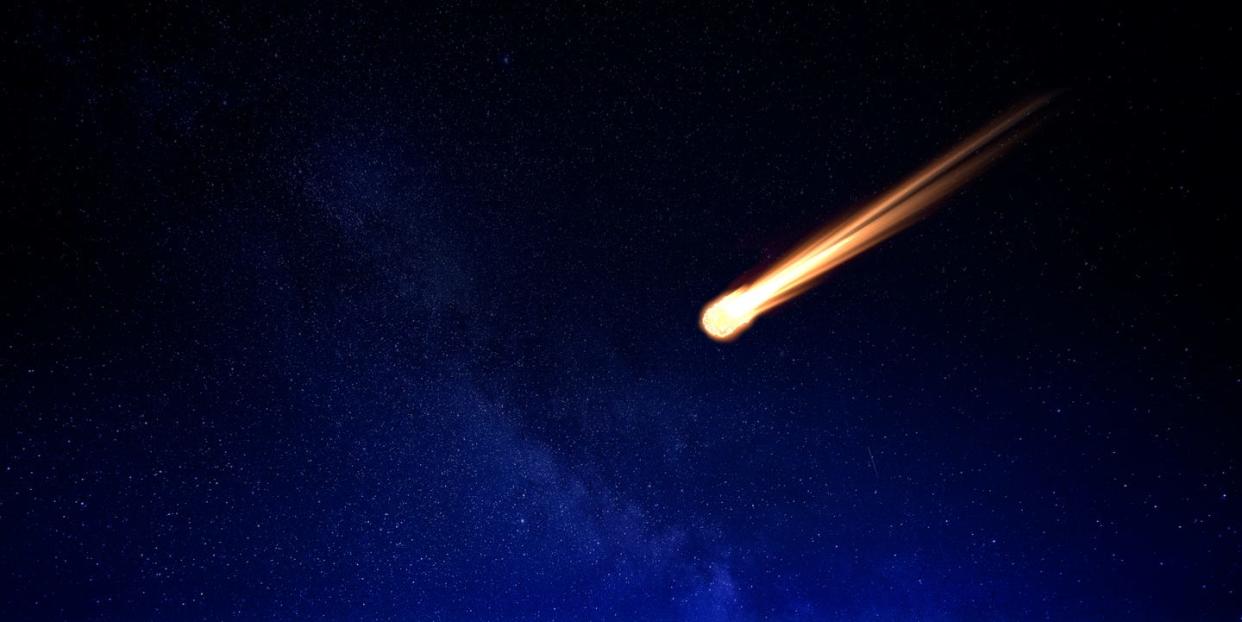NASA have detected powerful meteor blast which happens once every 100 years

NASA have released findings of a meteor 'fireball' blast which exploded just 16 miles from the Earth's surface, near Russia's Kamchatka Peninsula, and is said to have been 10 times more powerful than the devastating bomb that dropped on Hiroshima on August 6th, 1945.
It occurred on 18th December 2018 and was referred to NASA for investigation. They have just released their conclusion on the matter.
According to NASA, the meteor's energy stood in the region of 173 kilotonnes of TNT (the explosive trinitrotoluene). The meteor blast was tracked around 16 miles above the ground and is something that only happens once every 100 years.
It has been revealed as the second-largest explosion of the century. This meteor impact comes six years after the Chelyabinsk Meteor incident on February 15th, 2013, which was the size of a six-story building and injured more than 1,000 people as it entered the earth's atmosphere.
"That was 40% the energy release of Chelyabinsk, but it was over the Bering Sea so it didn't have the same type of effect or show up in the news. That's another thing we have in our defence, there's plenty of water on the planet," explains Kelly Fast, an asteroid expert at NASA, to The Express.
The meteor charged down at an angle of seven degrees when the friction of the earth's atmosphere caused it to explode. It was spotted by the US military last year and was reported to NASA for investigation.
('You Might Also Like',)

